Chicken fattening refers to the process of feeding chickens a specific diet and managing their environment to promote rapid weight gain and optimal growth. This practice is commonly employed in poultry farming to produce chickens with desired meat-producing characteristics. During chicken fattening, farmers typically provide chickens with a high-energy diet consisting of grains, protein-rich feeds, and supplements.
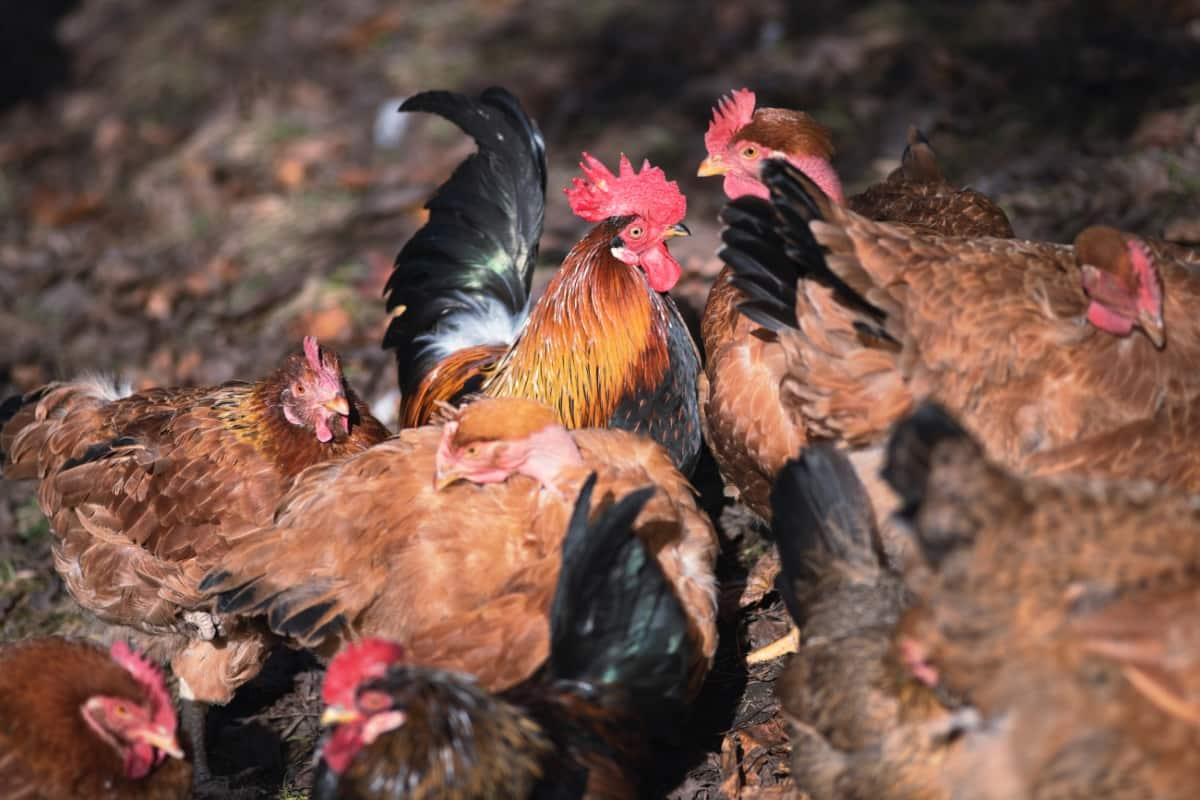
Understanding Chicken Breeds
Each chicken breed has unique characteristics and growth potential. Some breeds are known for their fast growth rates, while others may take longer to reach maturity. Popular meat chicken breeds include Cornish Cross, which is known for its rapid growth and high meat yield. Heritage breeds like Rhode Island Reds or Barred Rocks have a slower growth rate but offer excellent flavor. When choosing a breed for your chicken fattening operation, consider factors like feed efficiency, disease resistance, and environmental adaptability.
Consulting with experts or local farmers can provide valuable insights into which breed will best suit your goals. Remember that each breed requires specific care and management practices to optimize its growth potential during the fattening process. Choose breeds specifically bred for meat production, such as broilers or dual-purpose breeds known for their rapid growth and efficient feed conversion rates. When selecting a breed, consider factors such as local climate, market demand, and available resources.
Nutritional Requirements
Providing the right nutritional requirements is crucial for maximizing growth in fattening chickens. These birds need a balanced diet to support their rapid development and overall health. Proteins, carbohydrates, fats, vitamins, and minerals play essential roles in ensuring proper growth. Protein is vital for muscle development, while carbohydrates provide energy for daily activities. Fats are important for insulation and storing energy reserves. Vitamins and minerals help maintain strong bones and a robust immune system.
In case you missed it: The Ultimate Guide to Dong Tao Chicken: Exploring from History to Raising
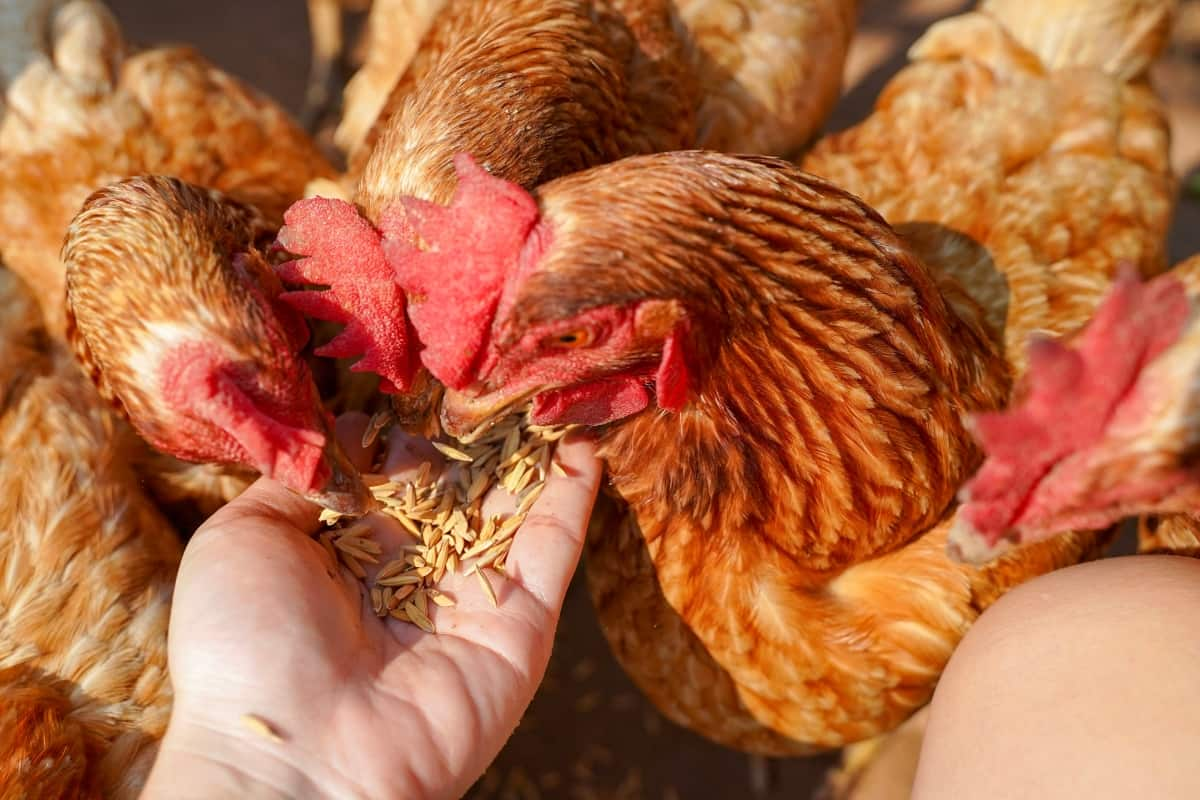
A well-formulated feed ration that meets these nutritional needs is key to achieving optimal growth rates in chickens. Poultry nutritionists or veterinarians must be consulted to create customized diets based on the specific breed of chicken being raised. Regularly monitoring body condition scores can help assess whether the birds are receiving adequate nutrition. Adjustments may be necessary throughout the fattening period to ensure consistent growth rates.
Feed Types and Formulations
Different stages of a chicken’s life require specific nutritional needs that can be met through various feed options. Implement a feeding schedule that allows chickens to eat freely and encourages continuous growth. Offer feed in controlled portions to avoid wastage and control overconsumption, which can lead to health problems.
Monitor feed intake and adjust rations based on growth rates and nutritional requirements. Starter feeds are essential for young chickens as they provide the necessary nutrients for healthy development. As chickens grow, transitioning to grower feeds with higher protein levels supports muscle growth and weight gain. For mature birds, finisher feeds help them reach their full potential before processing.
Formulations play a significant role in ensuring chickens receive a balanced diet. This includes proteins, carbohydrates, fats, vitamins, and minerals tailored to meet their dietary requirements at each stage of growth. Consulting with nutritionists or poultry experts can help determine the most suitable feed types and formulations based on breed, age, and desired outcomes in chicken fattening practices.
Feeding Strategies
Having the right feeding strategy is crucial for maximizing growth and productivity. The effective strategy is providing a balanced diet rich in vitamins, and minerals for healthy weight gain. When determining the composition and quantity of the chickens’ feed, it’s important to consider their age. Additionally, incorporating natural ingredients like grains, seeds, and greens can promote overall well-being and enhance flavor profiles.
Another key aspect of feeding strategies is establishing a consistent feeding schedule to ensure that chickens receive adequate nutrition throughout the day. Moreover, monitoring food consumption levels can help adjust feed amounts accordingly to prevent under or overfeeding. By implementing these feeding strategies thoughtfully tailored to your flock’s needs, you can optimize their growth potential and ultimately reap the benefits of healthy, robust chickens ready for market or consumption.
Water Management
Providing clean and fresh water to your poultry is essential for overall health. Chickens need access to water at all times, so make sure to check and refill their water containers regularly. Ensure that the water sources are kept clean to prevent contamination or disease transmission among the flock. Proper hydration also improves feed efficiency and nutrient absorption in chickens, leading to better weight gain.
In case you missed it: Mastering the Art of Delaware Chicken Farming: Essentials for Healthy Backyard Flocks
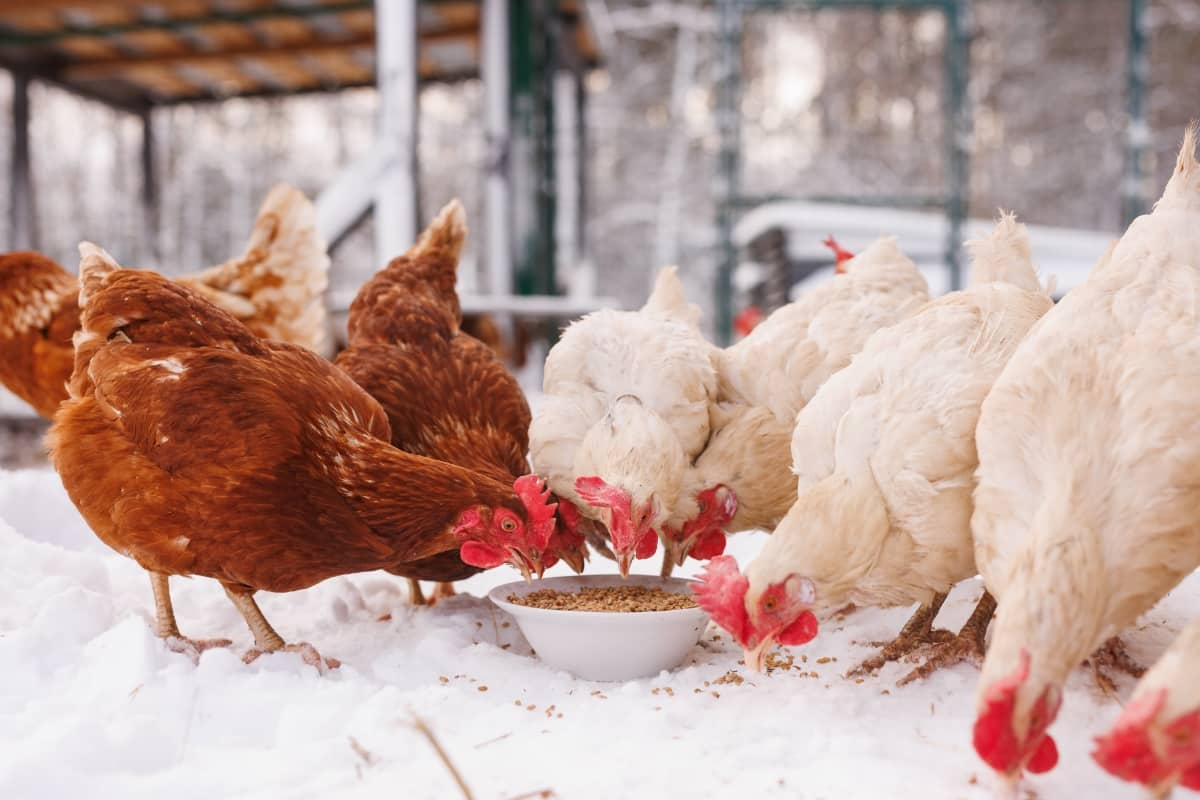
Consider investing in automatic watering systems to ensure a consistent supply throughout the day. Monitoring water consumption can also help you assess your birds’ health status and detect potential issues early on. So, prioritize proper water management practices for optimal growth and well-being of your feathered friends.
Housing and Environment
The coop should be well-ventilated and have proper lighting to mimic natural conditions. A clean environment helps prevent diseases and promotes healthy growth. Consider the space requirements based on the number of chickens being raised. Providing enough room ensures they can move around freely and reduces the risk of aggression. Bedding materials like straw or wood shavings help maintain cleanliness and effectively absorb moisture. Temperature control is essential in maintaining optimal conditions for chicken growth.
To prevent heat stress, ensure adequate insulation during colder months and proper ventilation in hot weather. Monitoring humidity levels also plays a significant role in keeping chickens healthy. Regular cleaning of the coop is essential to prevent bacterial buildup and disease outbreaks. Implementing biosecurity measures further enhances the health of your flock by minimizing external threats. By creating a safe, comfortable, and clean environment, you set your chickens up for successful fattening growth.
Health and Disease Management
Keeping your flock healthy promotes optimal growth and minimizes risks that could affect production. Vaccinations are essential in protecting chickens from common diseases prevalent in poultry farming. Maintaining cleanliness in the coop and practicing good hygiene can significantly reduce the risk of disease outbreaks. Proper waste management and biosecurity measures play a major role in preventing the spread of infections among your flock. Understanding common symptoms and having a plan in place for emergencies is vital for effective disease management strategies.
Growth Monitoring and Management
Regularly weighing your chickens allows you to track their progress and adjust feeding strategies accordingly. Monitoring growth helps ensure that the chickens are reaching their maximum potential size efficiently. Apply strict biosecurity protocols to prevent the spread of diseases within the flock. Maintain proper sanitation and hygiene practices, including regular cleaning and disinfection of facilities and equipment.
In case you missed it: How to Craft a Comprehensive Free-Range Chicken Farming Business Plan
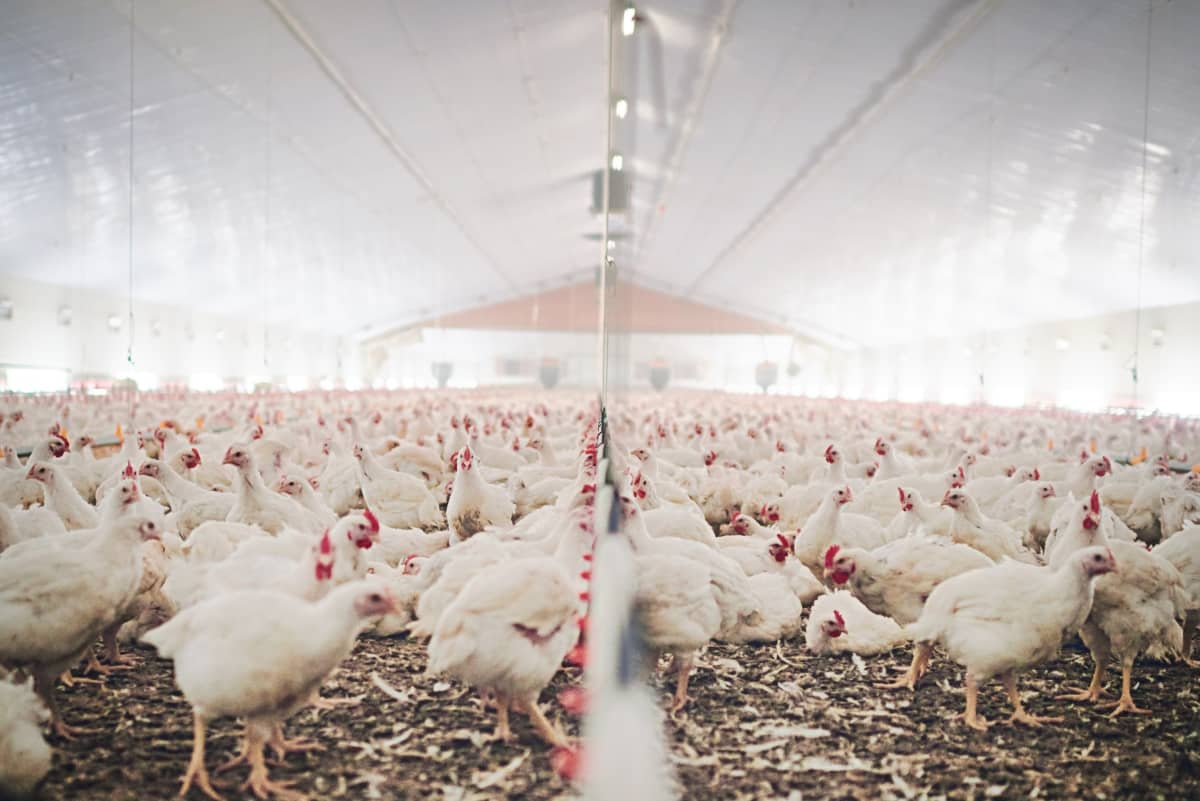
Keep detailed records of weight gain, feed consumption, and other relevant metrics to find deviations early on and take corrective actions. This proactive approach is key to optimizing growth rates and overall profitability. In addition to regular weigh-ins, effective management requires observing the birds’ behavior and overall health.
Any illness signs should be addressed promptly to prevent setbacks in growth. Implementing a structured growth monitoring system not only improves efficiency but also contributes to the well-being of your flock. It enables you to provide personalized care based on individual bird needs, leading to healthier and more robust chickens over time.
Lighting and Temperature Control
Chickens require a consistent lighting schedule to regulate their internal clocks and promote healthy development. Providing natural light or using artificial lighting can help maintain this rhythm. Provide adequate lighting to stimulate feed intake, activity, and growth in chickens. Use artificial lighting to supplement natural daylight, especially during shorter days or in indoor production systems. Maintain a consistent lighting schedule, typically 16 to 18 hours of light per day for meat-producing chickens, to promote optimal growth.
Temperature control is equally important, as chickens are sensitive to extreme temperatures. Keeping the coop well-ventilated in hot weather and adequately insulated in cold weather is essential for their comfort. Maintain optimal temperature conditions throughout the production cycle to prevent heat stress or cold stress, which can negatively impact growth and health. Provide adequate ventilation and airflow to regulate temperature and humidity levels within the housing facilities.
Install heating or cooling systems as needed to ensure thermal comfort for the chickens, particularly during extreme weather conditions. Maintaining optimal temperatures not only ensures the well-being of your chickens but also helps them conserve energy for growth rather than regulating their body heat constantly.
Handling and Welfare Practices
Proper handling techniques are essential to minimize stress on the birds during activities like catching, moving, or transporting them. Gentle and calm interactions with the chickens go a long way in maintaining their overall health and productivity. Providing a comfortable living environment for your chickens is crucial for their welfare. Regular cleaning of coops or housing areas, adequate ventilation, and sufficient space per bird are all factors that contribute to their well-being.
A veterinarian’s health checkup can help monitor the flock’s overall health and address any potential issues promptly. Additionally, implementing biosecurity measures can prevent diseases from spreading among the birds, ensuring their welfare remains uncompromised. Remember, happy and healthy chickens lead to better growth rates and overall success in your chicken fattening venture.
Supplements and Growth Promoters
These supplements provide nutrients that can be lacking in regular feed, helping chickens reach their full potential. Supplements such as calcium, vitamins, minerals, and amino acids can enhance the birds’ development. They contribute to stronger bones, better immunity, and improved muscle growth.
In case you missed it: Ultimate Guide to Raising Dominique Chickens: Breeding, Feeding, Egg-Production, and Care
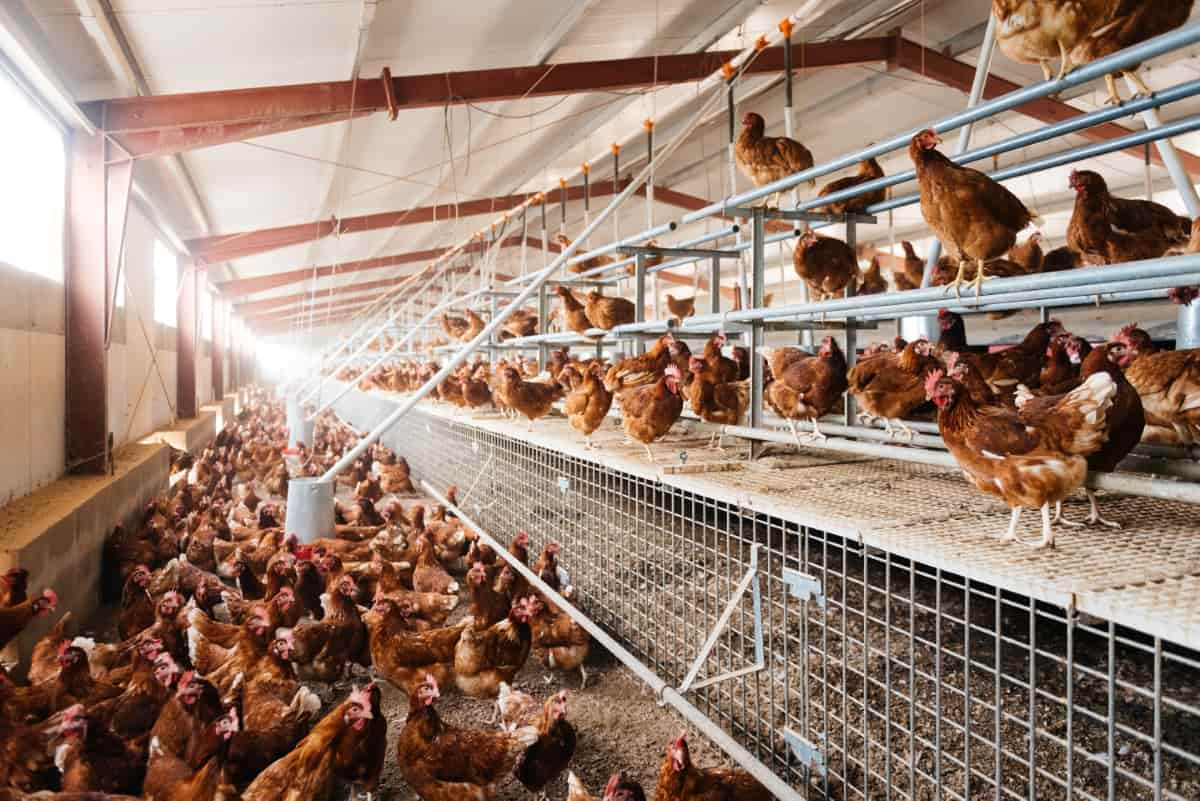
Growth promoters like probiotics and enzymes aid in digestion and nutrient absorption, leading to more efficient weight gain in chickens. These additives maintain a healthy gut flora, supporting optimal growth rates. When incorporating supplements and growth promoters into your chicken fattening program, consult with poultry nutritionists or veterinarians. They can help determine the right dosage and ensure that all regulatory guidelines are followed for safe usage.
Biosecurity Measures
Biosecurity is all about preventing the introduction and spread of diseases within your poultry farm. The key aspect of biosecurity is controlling who enters your farm premises. By limiting access to only essential personnel and visitors, you can reduce the risk of introducing harmful pathogens to your chickens. Maintaining proper hygiene practices is another important biosecurity measure. This includes regularly disinfecting equipment, vehicles, and footwear to prevent the spread of diseases from one area of the farm to another.
Proper waste management is also vital for maintaining good biosecurity. Ensuring that manure and other waste products are disposed of properly helps minimize the risk of disease transmission among your chickens. Regularly monitoring the health status of your flock can help detect issues, allowing you to take necessary actions promptly. Implementing a robust vaccination program can also help boost immunity against common poultry diseases.
Marketing and Economics of Fattened Chickens
Understanding market demands and pricing trends is essential for maximizing profits. Identifying target customers, whether local markets, restaurants, or wholesalers, can help tailor your marketing approach. Creating a strong brand image for your fattened chickens can differentiate them from competitors and attract more buyers. Social media platforms and local advertising channels can also effectively reach potential customers.
In case you missed it: Mastering the Art of Raising Jersey Giant Chickens: Care, Feeding, and More
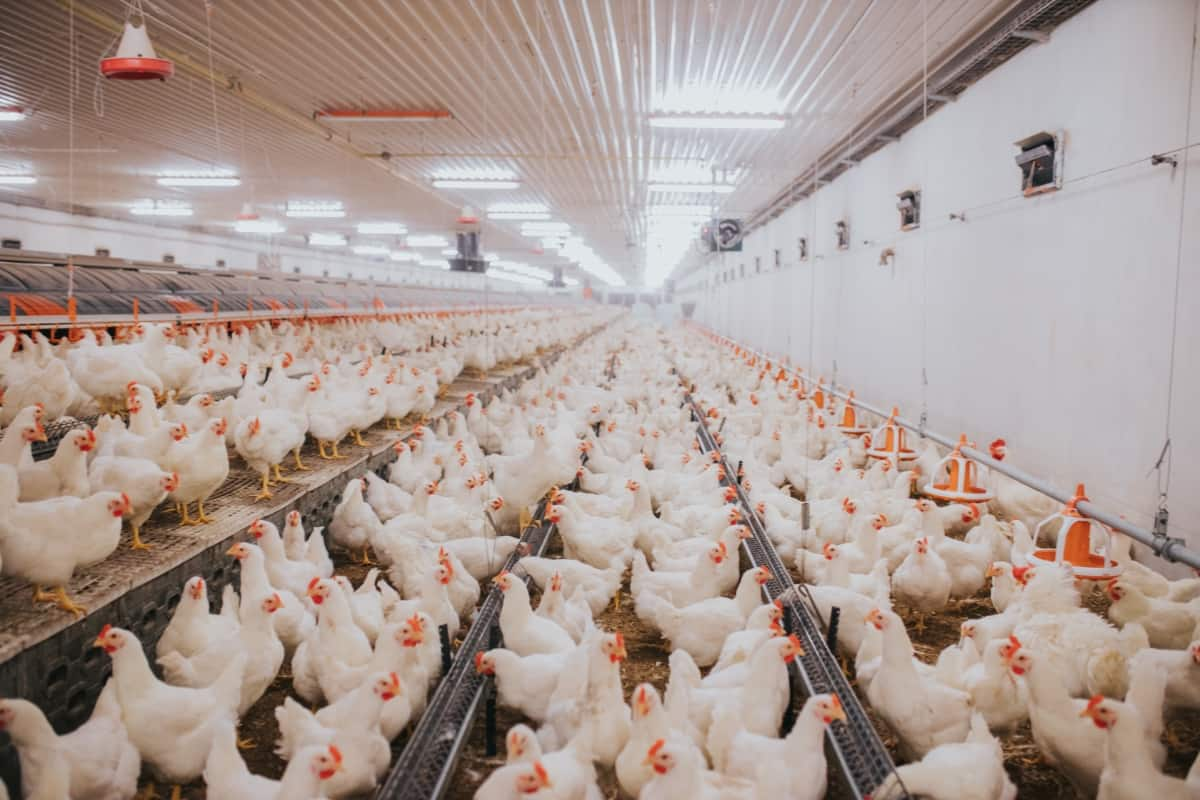
Economic factors like feed costs, labor expenses, and veterinary care need to be carefully considered to ensure profitability. Monitoring production costs against selling prices is key to maintaining a sustainable business model in chicken fattening. By staying informed about market dynamics and adapting marketing strategies accordingly, poultry farmers can position their fattened chickens competitively while optimizing economic returns.
Future Trends in Chicken Fattening
The emerging trend is the use of technology for precision farming, which allows for more accurate monitoring of growth rates and nutritional needs. This can lead to optimized feeding strategies and improved overall chicken health. Another exciting development is the focus on sustainable practices in chicken fattening. With increasing consumer demand for ethically raised poultry, farmers are exploring ways to reduce environmental impact while still maximizing growth potential.
This includes using alternative feed sources and implementing efficient waste management systems. Genetic advancements in breeding programs are also expected to significantly influence the future of chicken fattening. By selecting traits that promote faster growth and higher meat yield, breeders can create strains specifically tailored for maximum efficiency in commercial production.
These future trends point towards a more innovative and environmentally conscious approach to chicken fattening, ensuring farmers’ profitability and consumers’ quality products. By implementing these strategies and staying vigilant throughout the fattening process, poultry producers can maximize their operations’ growth and profitability.
- Types of Pesticides Used in Agriculture: A Beginner’s Guide
- Economical Aquaculture: A Guide to Low-Budget Fish Farming
- 15 Common Planting Errors That Can Doom Your Fruit Trees
- How to Make Houseplants Bushy: Effective Tips and Ideas
- Innovative Strategies for Boosting Coconut Pollination and Yield
- Pollination Strategies for Maximum Pumpkin Yield
- The Complete Guide to Chicken Fattening: Strategies for Maximum Growth
- Natural Solutions for Tulip Problems: 100% Effective Remedies for Leaf and Bulb-Related Issues
- Revolutionizing Citrus Preservation: Towards a Healthier, Greener Future
- Natural Solutions for Peony Leaf and Flower Problems: 100% Effective Remedies
- Maximizing Profits with Avocado Contract Farming in India: A Comprehensive Guide
- Natural Solutions for Hydrangea Problems: 100% Effective Remedies for Leaf and Flowers
- The Ultimate Guide to Choosing the Perfect Foliage Friend: Bringing Life Indoors
- From Sunlight to Sustainability: 15 Ways to Use Solar Technology in Agriculture
- The Ultimate Guide to Dong Tao Chicken: Exploring from History to Raising
- The Eco-Friendly Makeover: How to Convert Your Unused Swimming Pool into a Fish Pond
- Mastering the Art of Delaware Chicken Farming: Essentials for Healthy Backyard Flocks
- 20 Best Homemade Fertilizers for Money Plant: DIY Recipes and Application Methods
- How to Craft a Comprehensive Free-Range Chicken Farming Business Plan
- Brighten Your Flock: Raising Easter Egger Chickens for Beauty and Bounty
- How to Optimize Your Poultry Egg Farm Business Plan with These Strategies
- Subsidy for Spirulina Cultivation: How Indian Government Schemes Encouraging Spirulina Farmers
- Ultimate Guide to Raising Dominique Chickens: Breeding, Feeding, Egg-Production, and Care
- Mastering the Art of Raising Jersey Giant Chickens: Care, Feeding, and More
- Ultimate Guide to Raising Legbar Chickens: Breeding, Farming Practices, Diet, Egg-Production
- How to Raise Welsummer Chickens: A Comprehensive Guide for Beginners
- How to Protect Indoor Plants in Winter: A Comprehensive Guide
- Ultimate Guide to Grow Bag Gardening: Tips, Tricks, and Planting Ideas for Urban Gardeners
- Guide to Lotus Cultivation: How to Propagate, Plant, Grow, Care, Cost, and Profit
- Agriculture Drone Subsidy Scheme: Government Kisan Subsidy, License, and How to Apply Online
- Ultimate Guide to Raising Araucana Chickens: Breed Profile, Farming Economics, Diet, and Care
- Bringing Hydroponics to Classroom: Importance, Benefits of Learning for School Students
- Ultimate Guide to Raising Polish Chickens: Breed Profile, Farming Economics, Diet, and Care
- Ultimate Guide to Raising Australorp Chickens: Profile, Farming Economics, Egg Production, Diet, and Care
- Silkie Chicken Farming: Raising Practices, Varieties, Egg Production, Diet, and Care
- Sussex Chicken Farming: Raising Practices, Varieties, Egg Production, Diet and Care